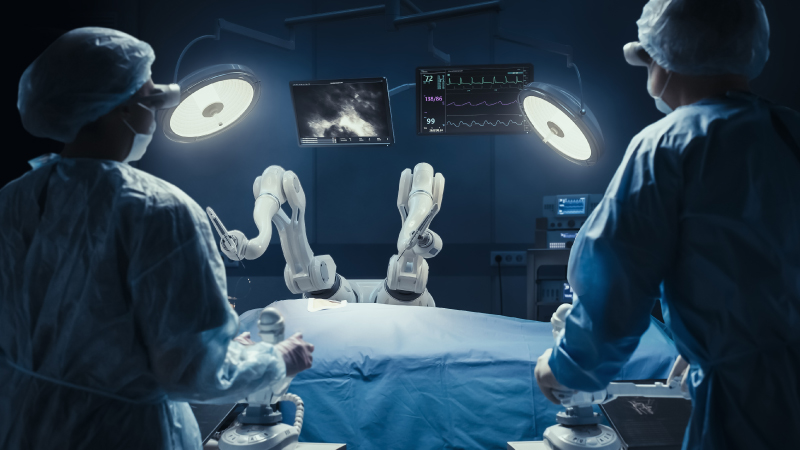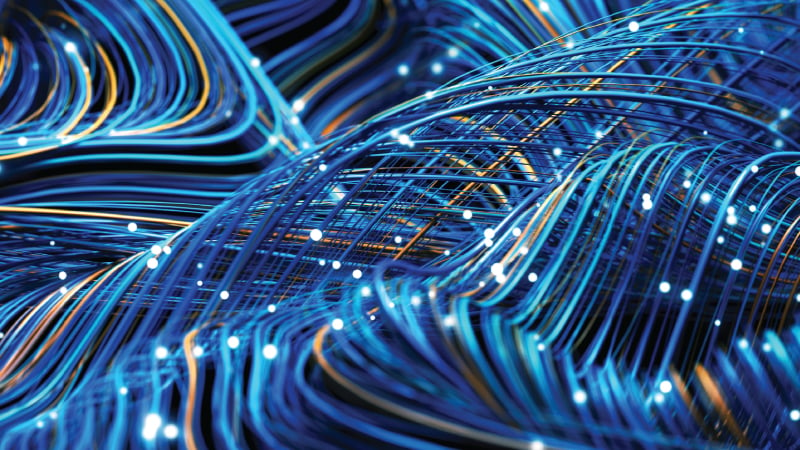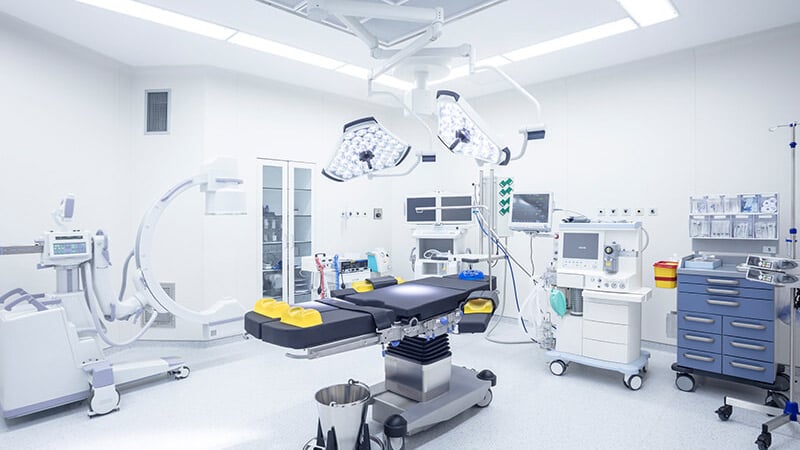The healthcare industry is undergoing transformation as wearables, mobile apps, the Internet of Medical Things and AI redefine the idea of patient care. It is becoming possible to deliver personalized services with just a few taps. While much of the technology to achieve this vision has largely emerged, a key factor is whether the facility has the underlying infrastructure foundation to support these breakthroughs.
Over 1.3 billion people used some form of digital health in 2024. This number is skyrocketing as AI adoption explodes. According to the Nvidia State of AI in Healthcare report, AI adoption in healthcare and life sciences is widespread . 63% are actively using AI and another 31% are assessing or piloting AI projects. The top three AI workloads are data analytics at 58%, generative AI at 54%, and large language models (LLMs) at 53%. These developments will change the face of modern healthcare by boosting clinical productivity, empowering greater patient engagement via wearables and AI chat, and improving administrative responsiveness – but only if the hospital network and IT backbones are ready for it.
Mission critical infrastructure
When people think of IT infrastructure, they typically think of servers and data centers. Certainly, these are vital components. But there is a lot more to it. Here are the different aspects of hospital infrastructure that must be modernized to prepare for the latest generation of AI-based healthcare applications and services:
Data Center: As well as servers, PCs, laptops, and tablets, AI applications will create an even greater need for:
- Uninterruptible power supply (UPS) systems to maintain power quality and provide emergency service in the event of an outage. AI applications, particularly imaging services which require substantial data processing and storage, must be supported by equipment that can remain online no matter what.
- KVM switches to control multiple computers from one or more sets of keyboards, video monitors, and mice to simplify the management of increasingly complex and highly dense AI environments.
- Thermal management systems to keep equipment cool and the data center operating optimally. The latest generation of GPUs that run AI applications generate so much heat that advanced liquid cooling systems have become a necessity in many data centers.
- Battery Energy Storage System (BESS): Many hospitals want to implement BESS to replace aging diesel backup generators with backup power. In many cases, these facilities are powering their batteries with clean power from on-premises solar arrays. Going forward, BESS will play a critical role in supporting the use of AI across the entire hospital campus.
AI-driven healthcare ecosystems
Laboratory: Like the data center, the lab needs UPS, thermal management, and a tightly controlled environment in terms of temperature, air quality, power quality, and humidity to maintain the integrity of clinical testing, data analysis, and sample management in an AI-based environment.
Imaging Services: MRIs, CT scans, x-rays, ultrasound, and PET scans depend on a series of high-tech equipment, IT components, and applications. All produce large image files that must be stored correctly and easily retrievable at high resolution by demanding AI applications. All of this must be underlain by a strong and dependable IT backbone and protected by UPS as well as cybersecurity. In the emerging AI era, these systems can benefit enormously from AI-based analytics and monitoring.
Nurse Stations: Sophisticated integrated IT and healthcare services provide nursing stations with the data they need at their fingertips. These stations are typically mobile, yet provide access to the data center, patient databases, and hospital applications that are becoming increasingly dependent on AI.
Admission: The admission desk is another area that is highly dependent on IT services. These must be available instantly and integrated with AI applications other hospital systems.
Empowering healthcare innovation
Whether a hospital wishes to replace a broken or aging system, implement the latest technology, expand an existing campus, or build a new facility, Vertiv stands ready with solutions that cover the entirety of the IT, power, cooling, and facility infrastructure landscape. Find out more about how AI is impacting healthcare and what hospitals and providers must do to remain competitive by downloading the Vertiv™ eBook, “AI Imperatives for Healthcare.”
With the hourly cost of downtime for the healthcare industry estimated at $640,000 and AI putting more demand than ever on every area of the healthcare network, it is vital to fully prepare the underlying infrastructure to support ongoing and planned operations.
Find out more about how AI is impacting healthcare and what hospitals and providers must do to remain competitive by visiting the Vertiv™ AI Hub.





